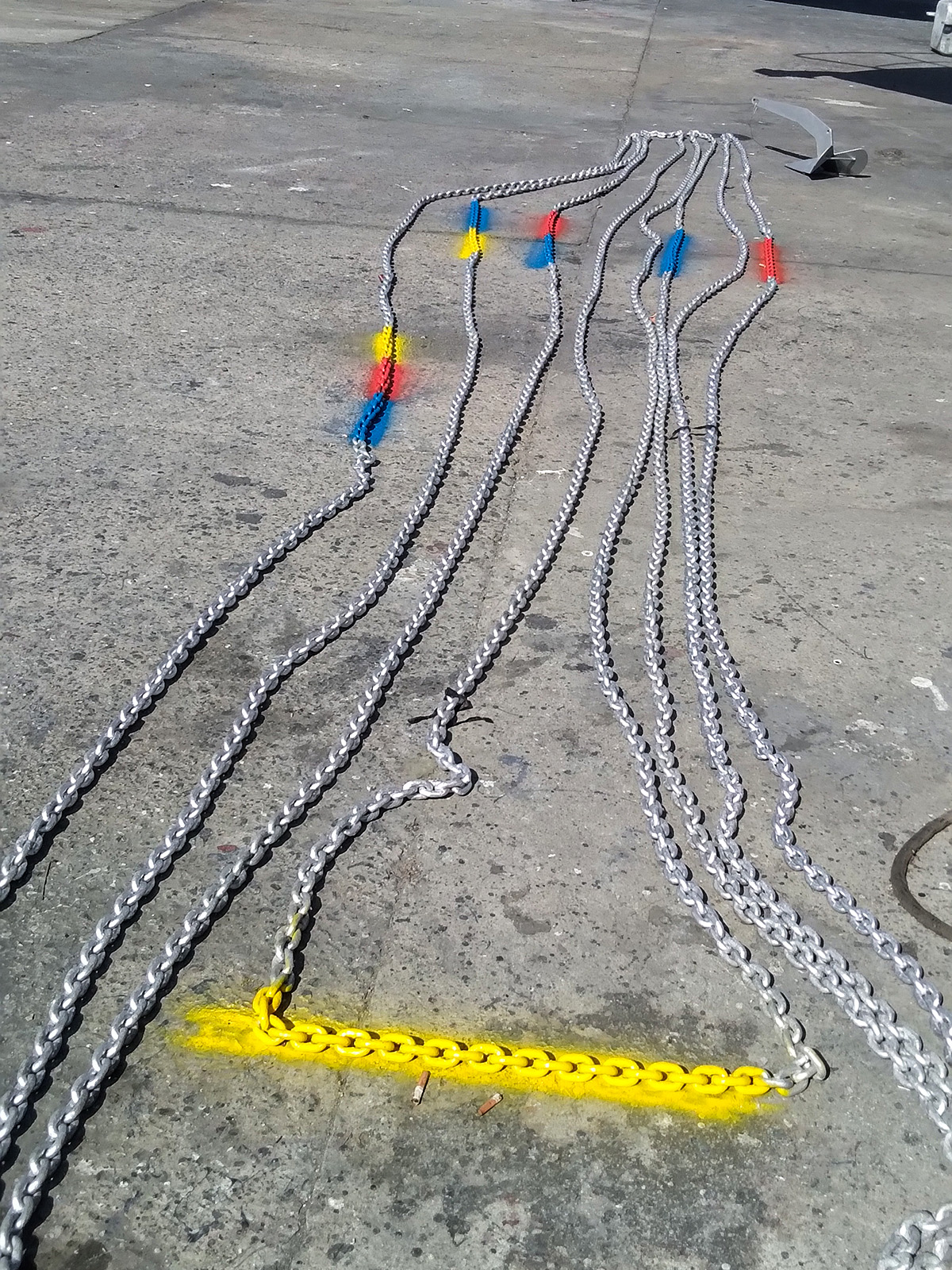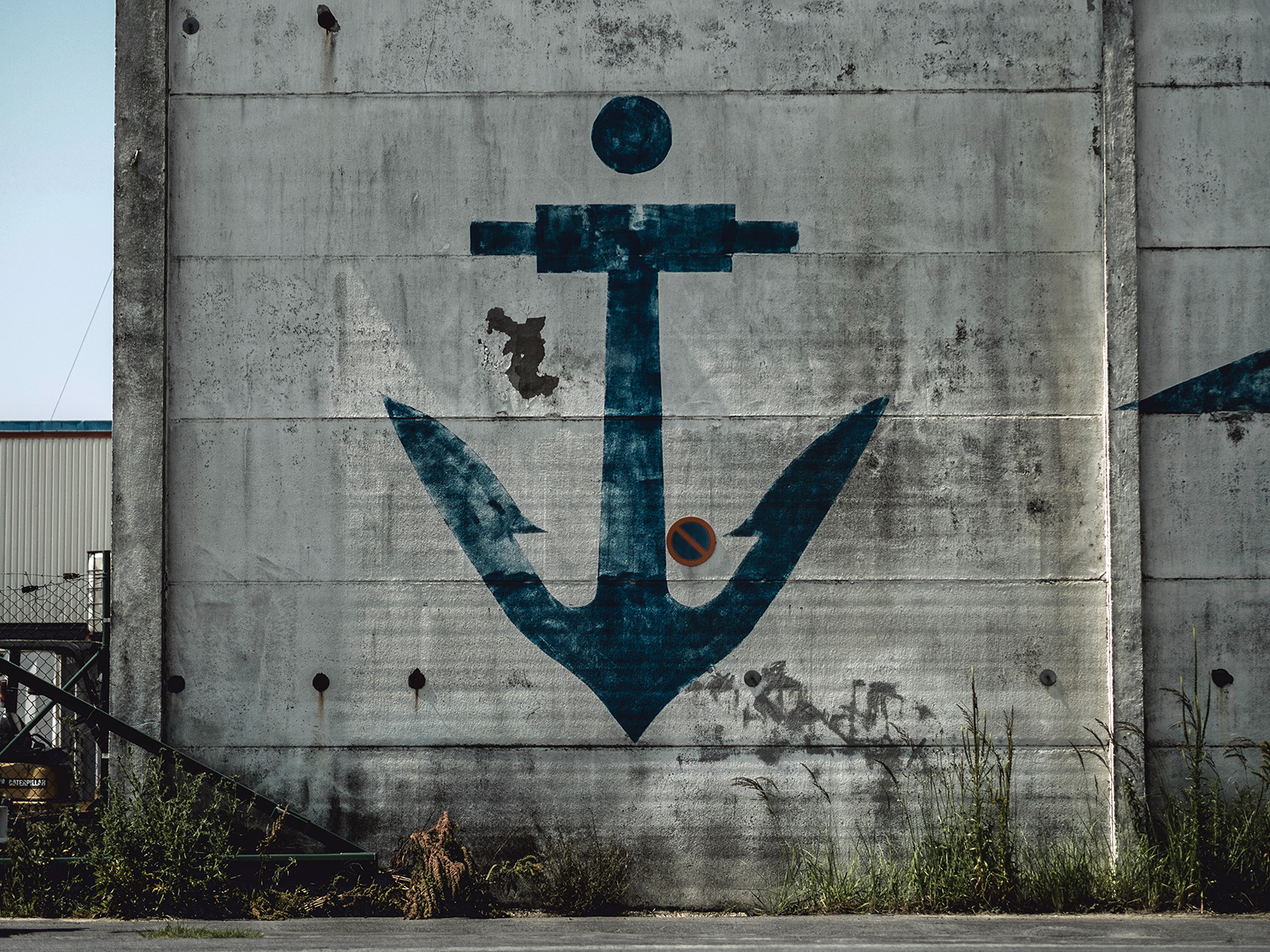From the pen of Mehmet Aslantuğ…
Referred to as an anchor by some, and christened a "chipo" with an Italian nod by others, while a few dub it an iron, the most precise designation remains "anchor." Despite being among the commonplace components of a vessel, its utility is far from uncomplicated. Delicacies exist in both the act of casting and retrieving an anchor, rendering it a skill not easily mastered.
Serkan Kılıç, Setur Marinas Kalamış & Fenerbahçe Senior Lift Operator
Every piece of equipment on our boat is important. We need to be careful when it comes to casting and retrieving anchors. If we do not know where and how to cast the anchor, we may encounter a very problematic situation and we may have difficulty in ensuring that the boat is safe.
Pre-preparation
Before we get to anchoring, it is useful to review some basic information.
First of all, you should never neglect the maintenance of your anchor windlasses. Anchoring with defective windlasses will cause you to have problems.
Painting anchor chains is important. This way you know how many meters of chain you are throwing. So you can estimate how far your boat has a chance to move.
When you pull your boat ashore, you should take your anchor off the boat for safety reasons. While you are at it, you can extend your anchor chain to a suitable place under your boat and paint it at regular intervals.
There is no universal standard for chain painting. Everyone paints according to their own preferences. However, depending on the length of the anchor chain, 3 meter or 5 meter intervals are ideal.
Again, everyone can make their own choice in terms of color selection. Some prefer two colors, some prefer more colors. Anchor marking kits can also be purchased from yacht markets. However, these kits are not preferred much because they are plastic.

How to cast anchors?
The most important point to consider when anchoring from your boat is to know the structure of the area where you will anchor. You need to be absolutely sure whether your area is stony, sandy or grassy.
If you are going to anchor in a stony, rocky bay, it is enough to make a small turn after anchoring to make sure that the anchor is attached to the rock. You can tell by the tension of the anchor chain.
By the way, it is a fact that all bays are very crowded lately. In order to know exactly where your anchor is and to prevent others from dropping anchor on your anchor, you should tie a small fender to your anchor with a rope. In case your anchor gets stuck in the rocks and you have difficulty picking it up, this fender will make it easier for you to dive in and get it out.
On beaches and grassy areas, you will get better results if you leave your anchor a little ahead of the area you want to anchor. Because after the anchor reaches the ground, it will drift until it holds on to a certain place. This will prevent you from stopping where you want.

How to retrieve anchors?
The weather has a big influence on retrieving an anchor. If the weather is harsh and windy, anchoring becomes difficult. Especially when you are anchored in a rocky area, it is necessary to start the engines while pulling the anchor and give a light way towards the anchor. This both helps the windlass to pull the anchor without difficulty and prevents the anchor from getting stuck somewhere.
Enjoy your journey!
Photographs: Milan Degraeve, David Lezcano (Unsplash)


